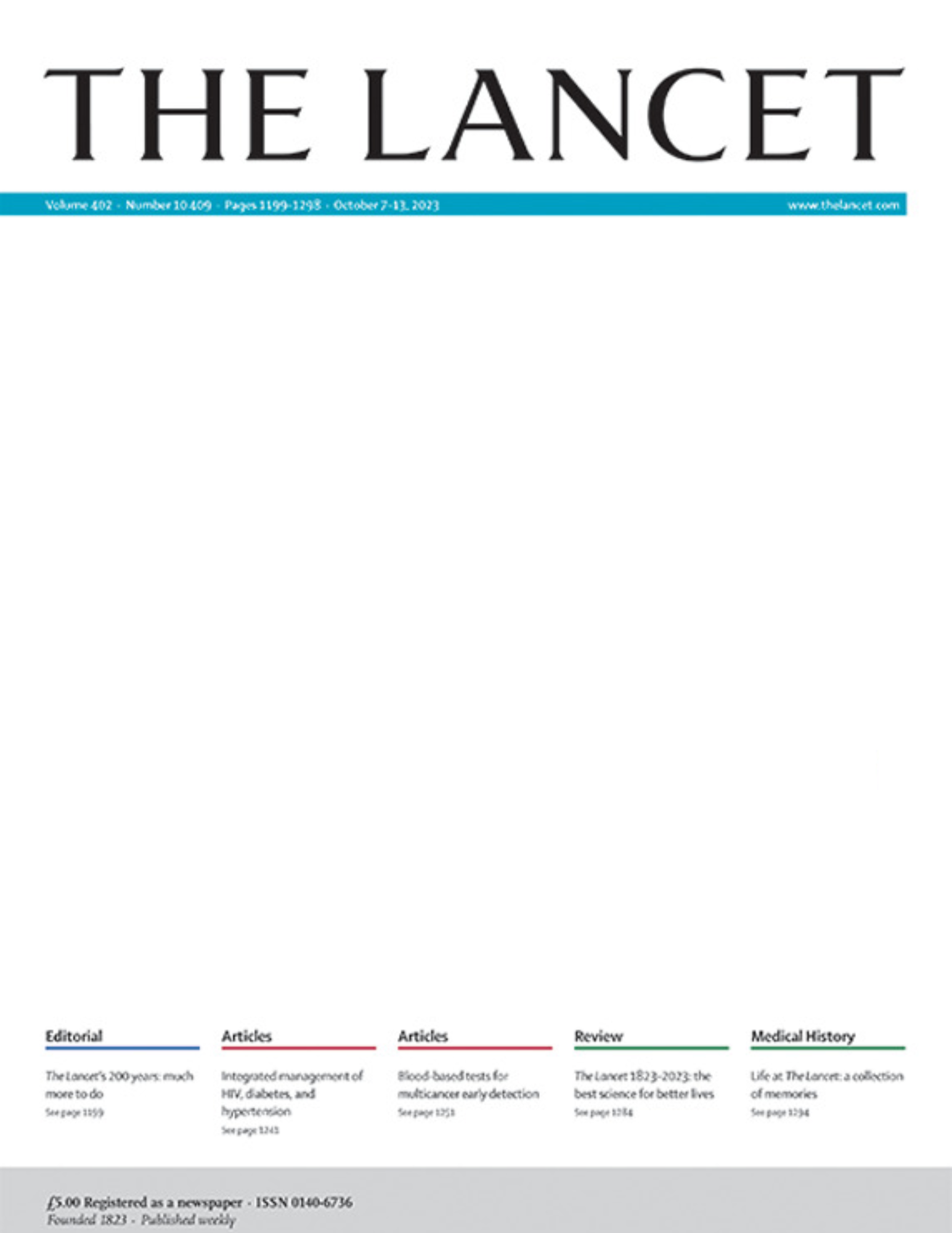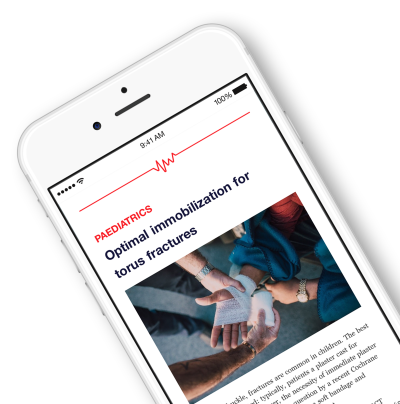
QOL in women experiencing IPV did not improve following counselling from family doctor .
This report has been verified
by one or more authors of the
original publication.
This study has been identified as potentially high impact.
OE's AI-driven High Impact metric estimates the influence a paper is likely to have by integrating signals from both the journal in which it is published and the scientific content of the article itself.
Developed using state-of-the-art natural language processing, the OE High Impact model more accurately predicts a study's future citation performance than journal impact factor alone.
This enables earlier recognition of clinically meaningful research and helps readers focus on articles most likely to shape future practice.
Screening and counselling in the primary care setting for women who have experienced intimate partner violence (WEAVE): a cluster randomised controlled trial
Lancet. 2013 Apr 15. pii: S0140-6736(13)60052-5. doi: 10.1016/S0140-6736(13)60052-552 family doctors were randomized to provide their female patients (272 female patients in total), who screened positive for intimate partner violence (IPV), with either counselling sessions or give them resource cards and provide usual care, in order to compare the quality of life, safety planning and behaviours, and mental health status between the women). Following 12 months, results indicated that counselling from a family doctor did not improve the quality of life, safety planning and behaviours, mental health, anxiety symptoms, or comfort to discuss fears in women. Patients, who received counselling sessions, however did experience a decrease in depression symptoms, and were more regularly asked about their own and their child’s safety.
Unlock the Full ACE Report
You have access to 4 more FREE articles this month.
Click below to unlock and view this ACE Reports
Unlock Now
Critical appraisals of the latest, high-impact randomized controlled trials and systematic reviews in orthopaedics
Access to OrthoEvidence podcast content, including collaborations with the Journal of Bone and Joint Surgery, interviews with internationally recognized surgeons, and roundtable discussions on orthopaedic news and topics
Subscription to The Pulse, a twice-weekly evidence-based newsletter designed to help you make better clinical decisions
Exclusive access to original content articles, including in-house systematic reviews, and articles on health research methods and hot orthopaedic topics

































































